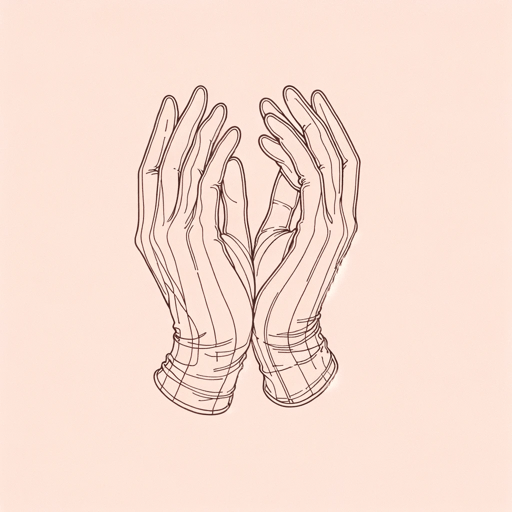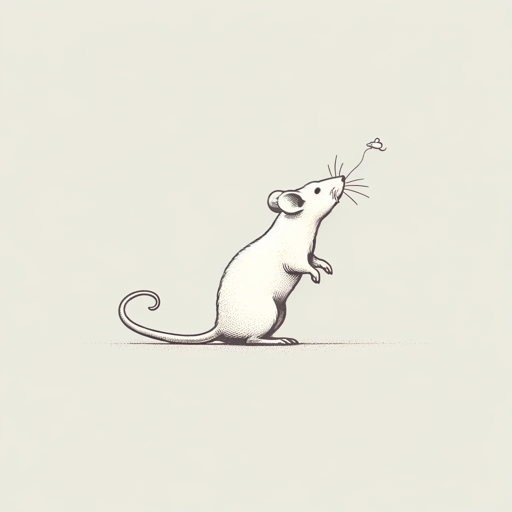22 pages • 44 minutes read
Robert BrowningFra Lippo Lippi
Fiction | Poem | Adult | Published in 1855A modern alternative to SparkNotes and CliffsNotes, SuperSummary offers high-quality Study Guides with detailed chapter summaries and analysis of major themes, characters, and more.
Literary Devices
Form and Meter
“Fra Lippo Lippi” is a dramatic monologue of 392 lines, divided into three stanzas. Dramatic monologues are a specific kind of narrative poem which gives a single speaker a specific voice and filters information through the speaker’s emotional lens.
Fra Lippo Lippi tells the head guard not only his whereabouts but about how his occupation as an artist and feeling trapped as a monk have led him to where he is. The poem is written in unrhymed, blank verse, which means it generally follows iambic pentameter, although this rhythm varies when Fra Lippo Lippi gets excited or confused. The stanza breaks are significantly placed as well, and used when Fra Lippo Lippi’s emotions are highest. The first takes place right after Fra Lippo Lippi has discussed why he feels flesh is significant and should be painted—this is his strongest affirmation that his version of art is holy. The second occurs late in the poem right before his artistic vision of the angel. He has just gotten angry when thinking about churchgoers defacing his work and says, “Hang the fools!” (Line 335).
Related Titles
By Robert Browning






